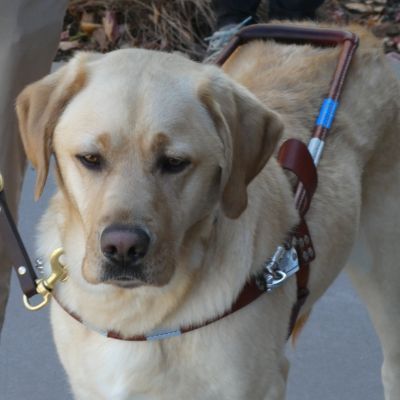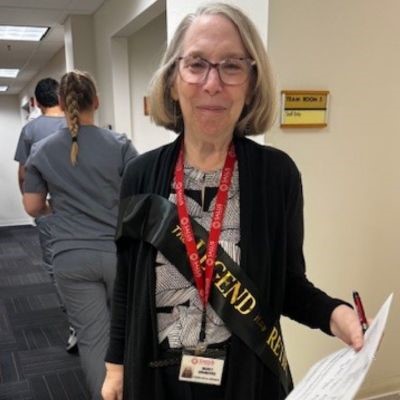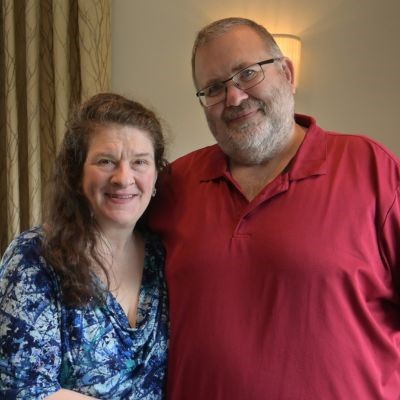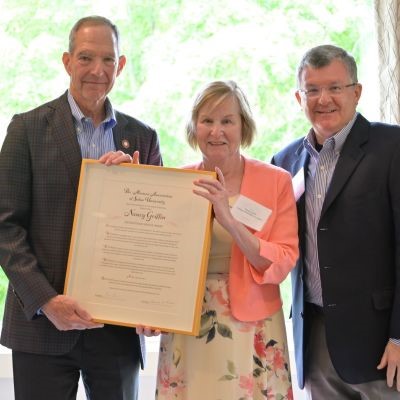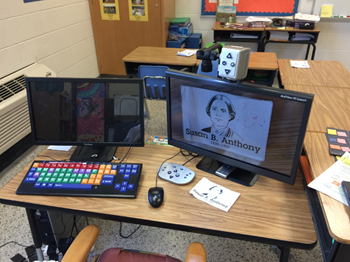 Wills:
Wills: From my experience, we'll get eye reports from an optometrist or an ophthalmologist, or maybe even just a parent will say to us, we went to the eye doctor and their eyes are fine. They don't need glasses. But then you as a teacher, you still see these little things that are happening that the student isn't identifying. I mean, if there was nothing wrong with their vision then they should be able to identify that sight word. So you definitely see sometimes there's a gap between what it is that the eye doctor has said and then how the student is functioning.
One of the recent things in Ohio that we are hoping to get changed is that sometimes you'll get an optometrist or an ophthalmologist who recommends classroom accommodations because of vision. That's perfect. It's great. We need to have those. But another piece to that would be recommending that the district contacts its teacher of students with visual impairments so that they can do the functional vision evaluation, and then they can identify those strategies and those supports that the student needs in order to access the curriculum.
So often we see that kids are left underserved because of that silo effect. We might see neurologists that may not have recognized the need to diagnose a visual impairment. I also see this with optometrists. When you say that a child's vision is fine and they just needed glasses or maybe they didn't need glasses, I see sometimes there's that breakdown as well, where maybe they then needed to go to the neurologist or maybe they needed to go to a developmental optometrist.
Either way, schools and agencies really need to be aware of this brain-based neurological visual impairment. And so that's really my job right now, as a TVI and an O&M working in the district, not only educate my colleagues, but also educate the people that work in the district. I did a presentation earlier this year on improving that child find process. And I came up with a whole list, the school nurse for example, who is going to hear some of these red flags before the classroom teacher is ever going to hear it.
And sometimes a parent will share an optometrist's report and say, we went to the eye doctors and this is what they said. And that optometrist's report might actually have some key red flags in there that indicate, hey, we need a functional vision evaluation. But unless the district knows what those red flags are, that's where that breakdown in communication happens, and then that's where that breakdown in the child find process happens.

 Wills: From my experience, we'll get eye reports from an optometrist or an ophthalmologist, or maybe even just a parent will say to us, we went to the eye doctor and their eyes are fine. They don't need glasses. But then you as a teacher, you still see these little things that are happening that the student isn't identifying. I mean, if there was nothing wrong with their vision then they should be able to identify that sight word. So you definitely see sometimes there's a gap between what it is that the eye doctor has said and then how the student is functioning.
Wills: From my experience, we'll get eye reports from an optometrist or an ophthalmologist, or maybe even just a parent will say to us, we went to the eye doctor and their eyes are fine. They don't need glasses. But then you as a teacher, you still see these little things that are happening that the student isn't identifying. I mean, if there was nothing wrong with their vision then they should be able to identify that sight word. So you definitely see sometimes there's a gap between what it is that the eye doctor has said and then how the student is functioning. Alstrin: This NVI is really growing in main part due to us rescuing premature infants earlier and earlier. And many of these very delicate premature infants have experienced brain bleeds or oxygen deprivation, and perhaps developmentally they're doing fairly okay. However, what we're finding is that there are often impacts to their use of vision.
Alstrin: This NVI is really growing in main part due to us rescuing premature infants earlier and earlier. And many of these very delicate premature infants have experienced brain bleeds or oxygen deprivation, and perhaps developmentally they're doing fairly okay. However, what we're finding is that there are often impacts to their use of vision.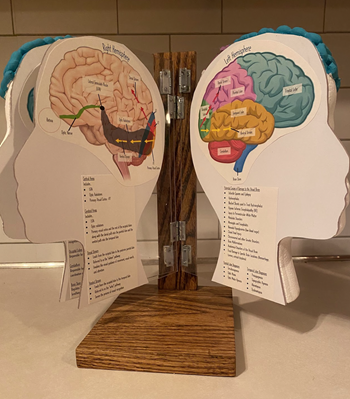 Wills: This is my favorite example to give when I talk to people about this course. So I was taking that course in March 2020, and then that summer I got a referral for a student. And so I went in, I mean, and it was COVID and we had separation and all of that. And until taking this course, I would've said to you, and I did say in that moment that this student does not qualify for special education in regards to vision. There were definitely other needs, but I just kept saying, well, wait, but vision is the strength here.
Wills: This is my favorite example to give when I talk to people about this course. So I was taking that course in March 2020, and then that summer I got a referral for a student. And so I went in, I mean, and it was COVID and we had separation and all of that. And until taking this course, I would've said to you, and I did say in that moment that this student does not qualify for special education in regards to vision. There were definitely other needs, but I just kept saying, well, wait, but vision is the strength here.